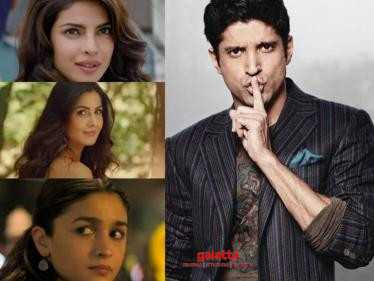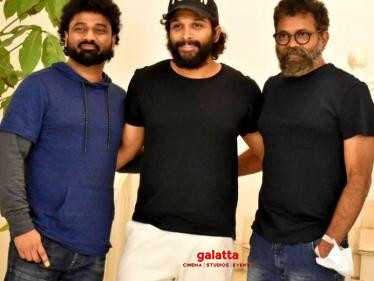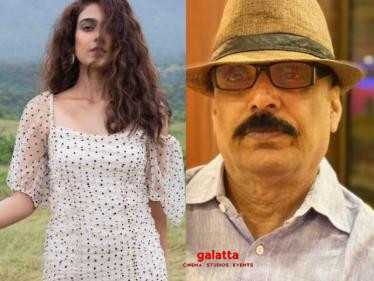Slideshow: Unusual matches that made it big in B-town!
By Meera Kukreja | Galatta | September 24, 2012 20:20 PM IST

India Cinema, Bollywood, as we call it, has narrated different stories based on romance, comedy, action and sci-fi.
Starting from the first Indian sound film, Ardeshir Irani's Alam Ara (1931) till today, Bollywood has shown different flavours to entertain their audience. It was in 2000, when Indian Cinema gained popularity, throughout the world. Filmmakers may be moving towards accepting some box-office segmentation, between films that appeal to rural Indians and films that appeal to urban and overseas audiences.
Bollywood plots have tended to be melodramatic. They have shown star-crossed lovers and angry parents, love triangles, family ties, sacrifice, corrupt politicians, kidnappers, conniving villains, courtesans with hearts of gold, long-lost relatives and siblings separated by fate, dramatic reversals of fortune and convenient coincidences. In recent times, filmmakers have shown uncommon pair ups, in the lead, to bring in a difference, to entertain and give more variety to moviegoers, rather than the same usual love stories.
We had films like Sadma (1983), where Kamal Hassan fell in love with Sridevi, who was childish owing to a head injury. In 2005's Black, we saw Rani, who played a blind and deaf girl and her relationship with her teacher, Amitabh Bachchan, who himself later develops Alzheimer's disease. In recent times, we saw romance between two 40+ couple in Shirin Farhad Ki Toh Nikal Padi. Even in Barfi, which just released, we can see a mute and deaf boy from Darjeeling, Barfi, played by Ranbir Kapoor and his relationship with two girls Ileana and the autistic, Priyanka.
There have always been many Indian films with more artistic aims and more sophisticated stories, both inside and outside the Bollywood tradition. With its own pros and cons, Bollywood has become an addiction and continues to influence people, from all walks and age groups.





















